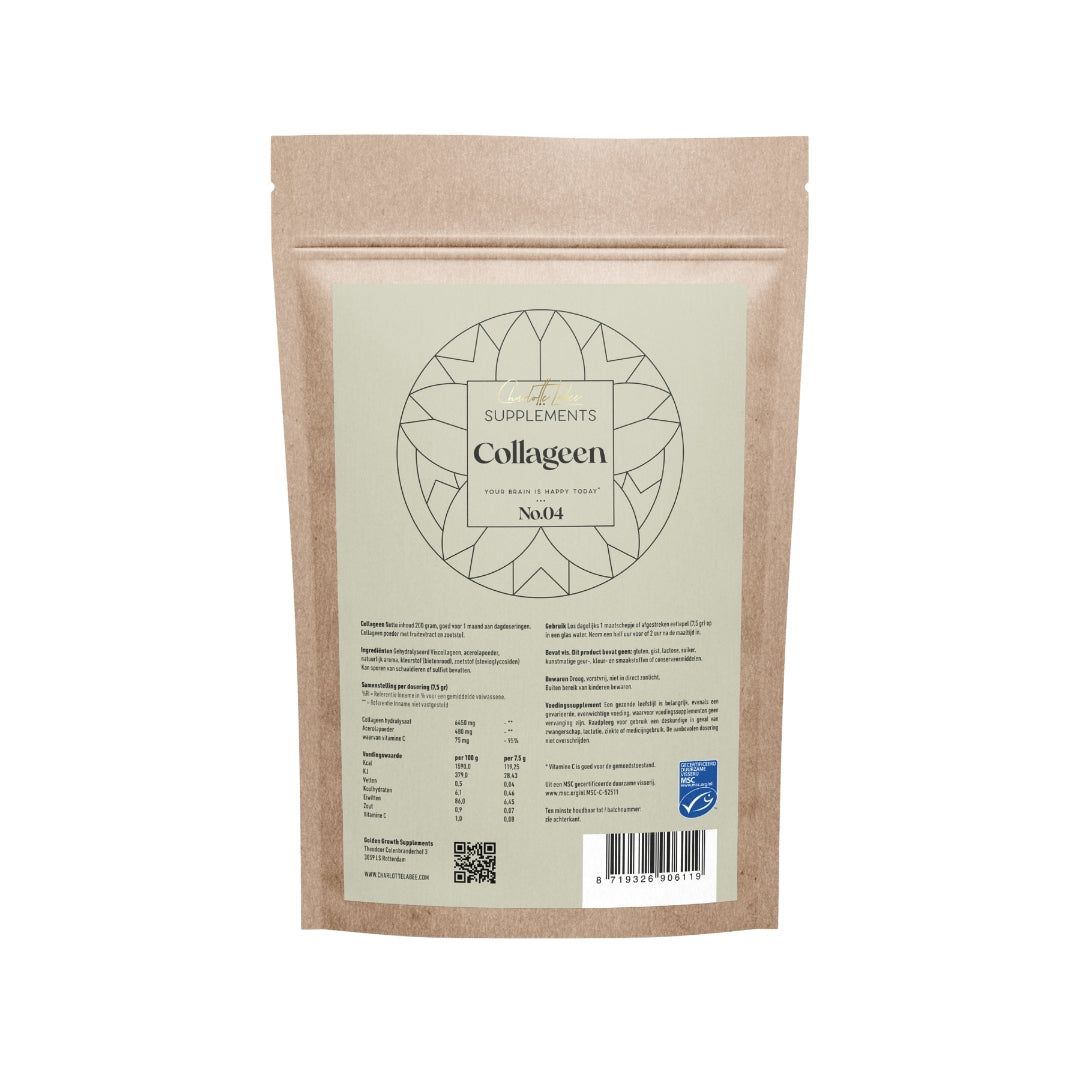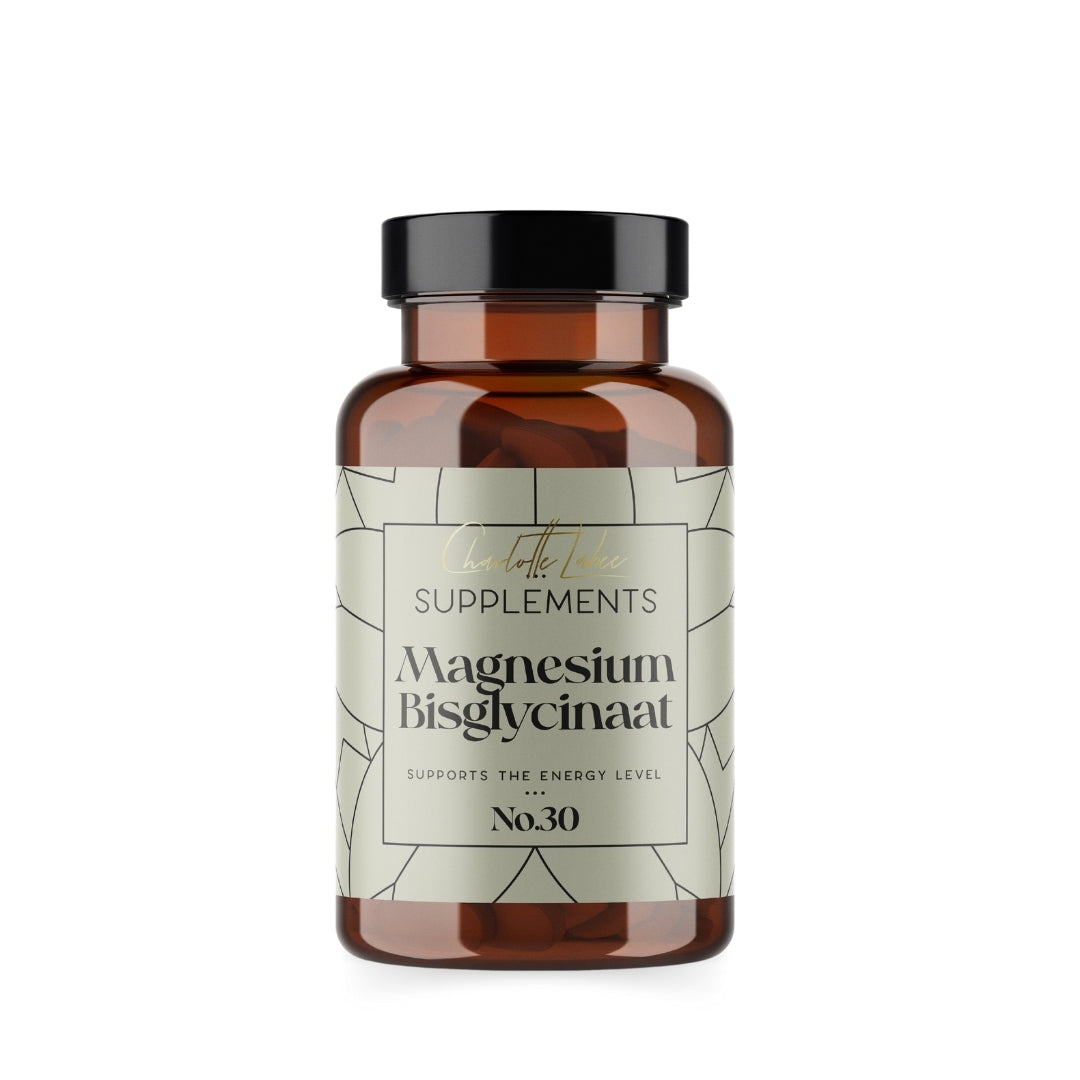Vitamine D wint in Nederland als supplement steeds meer populariteit. In ons kikkerlandje lopen we in de wintermaanden al snel tekorten op aan de vorm van vitamine D die we onder invloed van zonlicht aanmaken. Orthomoleculair -en huidtherapeut Amber Leimena legt je uit hoe vitamine D in de huid wordt opgenomen én geeft je 5 tips voor een gezonde vitamine D waarde.
Vitamine D in het kort
Vitamine D is een vet oplosbare vitamine met een positieve invloed op het immuunsysteem. Ook draagt vitamine D bij tot de opname van calcium en fosfor uit voeding, helpt het bij het celdelingsproces en is het goed voor de werking van de spieren. Er wordt steeds meer onderzoek gedaan naar de link tussen een vitamine D-tekort en de winterdip. Dit zou te maken kunnen hebben met de aanmaak van serotonine (gelukshormoon), die wordt ondersteunt door vitamine D. In dit artikel vertelde ik je alles wat je wilt weten over vitamine D.
De huid als barrière
De huid is ons grootste orgaan en dient als barrière voor de buitenwereld. De huid beschermt ons tegen bacteriën en schimmels, maar ook tegen de toxinen in onze zeep, shampoos en make-up. In een optimaal functionerende huid kan vitamine D3 worden aangemaakt. Dit is de vorm van vitamine D die we enkel aanmaken wanneer onze huid in contact komt met zonlicht. Daar vertel ik je graag iets meer over.
Vitamine D3 en de huid
Als de zonnestralen op de huid schijnen dan wordt vitamine D3 onder invloed van zonlicht in de huid aangemaakt. Als we het over zonlicht hebben spreken we over de UV-B (ultraviolette) straling. Vitamine D3, cholecalciferol, is de meest natuurlijke vitamine D die we kennen. Alle invloeden op de hoeveelheid UV-straling die in onze huid terecht komt hebben, werken direct door op de productie van vitamine D in de huid. We maken onderscheid in vier factoren;
- Zonkracht: Bij een zonkracht hoger dan drie kan er vitamine D in de huid worden geproduceerd. De zonkracht wordt bepaald door de breedtegraad, bewolking, smog of vocht en de golflengte van de UV-B straling. Nederland bevindt zich op de 52e breedtegraad, dit betekent dat we van maart-november niet in staat zijn voldoende vitamine D aan te maken onder invloed van zonlicht.
- Huidpigmentatie: Het pigment in de huid (melanine) is een natuurlijke bescherming tegen de zon. Iemand met een donkere huid verbrandt minder snel, maar maakt ook minder snel vitamine D aan. En vice versa.
- Leeftijd: Wanneer we ouder worden verdunt onze huid en blijkt uit onderzoek dat het vermogen om vitamine D3 in de huid aan te maken afneemt.
- Leefstijl: Kunstmatig licht van bijvoorbeeld de zonnebank hebben een negatieve invloed op de vitamine-D status. Voor zonnebrandcrèmes geldt dat de opname van vitamine D een stuk lager is, maar hier ga ik zo wat verder op in.
Mijn tips
In Nederland lopen we in de meeste maanden met een R al snel vitamine D tekorten op. Om dit te voorkomen en je lichaam en brein gezond te houden heb ik een aantal tips voor je;
- Ga in de maanden mei t/m augustus dagelijks enkele minuten met ontblote armen en benen onbeschermd de zon in.
- Gebruik buiten de onbeschermde zonuren een zonnebrand met natuurlijke ingrediënten.
- Gebruik in de maanden met de R dagelijks een vitamine D supplement ter ondersteuning van je immuunsysteem.
- In de zomer maken we in verhouding meer vitamine D aan dan in de andere maanden. Voor de opname van vitamine D hebben we magnesium
- Werk aan een gezonde levensstijl om de veerkracht van je gezondheid te versterken. Denk aan voldoende groenten, gezonde vetten, beweging en ontspanning.








